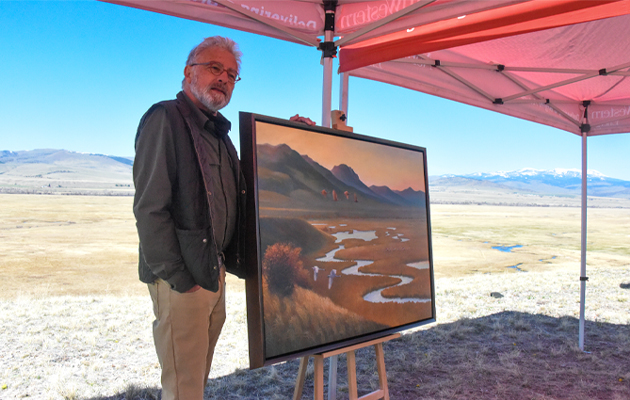Protecting Our Wildlife
Restoring O’Dell Creek

Restoring O’Dell Creek
NorthWestern and our predecessor have invested more than $2 million in this project. Project monitoring shows the number of migratory bird species found in the O’Dell project area has doubled since restoration work began and the number of waterfowl species and broods has tripled. Trout numbers doubled two to four years after one area of the creek was restored. Trumpeter swans, a species that nearly went extinct in the U.S. 100 years ago, are being reintroduced into the restored O’Dell Creek wetlands. More than 250 wetland plant species are found in the O’Dell Creek restoration area, including five rare plant species.
NorthWestern Energy’s Avian Protection Plan (APP)
Watching an osprey dive into the water, sometimes submerging completely before rising from the surface with a struggling fish, leaves a lasting impression. Ospreys are once again a common sight across most of Montana as their populations rebound from the negative effects of DDT, a widely used pesticide that was banned in the 1970s. However, with this wildlife management success story comes some conflict: Ospreys are relatively tolerant of human activity and frequently build nests on power poles. Nests can cause power outages and even fires, and their proximity to energized equipment puts the birds at risk of electrocution. NorthWestern Energy has installed hundreds of platforms to maintain service reliability and to provide a safe place for ospreys to raise their offspring.
NorthWestern Energy’s Avian Protection Plan (APP) incorporates industry best practices developed by the Avian Power Line Interaction Committee, which is a collaboration among the Edison Electric Institute, the U.S. Fish and Wildlife Service and member utilities. The primary goal of an APP is to reduce bird injuries and mortalities from power line collisions and electrocutions. If one species epitomizes the potential for conflict between our electric system and birds it is the osprey.



